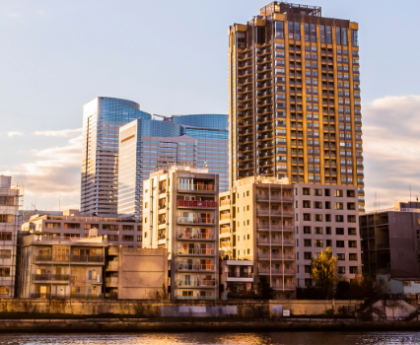Accessory dwelling units or ADUs are among the hottest real estate trends in California, providing a possible solution to the state’s housing crisis.
But according to a new study by Stanford indicates a lot of these so-called “backyard homes” are being built illegally. Researchers used satellite imagery from San Jose and found that of the 1,300 ADUs built between 2016 and 2020, an estimated 1,000 were built without permits.
The study is meant to address equity issues as some builders work in the shadows to create housing for those who need it the most.
A construction worker who aske to have his identity protected for fear of losing his contractor’s license said he continues to see illegal dwelling units being built from the Peninsula to the South Bay and beyond.
“They’re converting garages. They’re doing additions in the back. They’re making separate entrances. They’re doing what they can to house their families,” the contractor, who gave his name as “William,” told CBS News Bay Area.
William has built homes for decades. But with skyrocketing prices, lengthy permitting and inspection processes, to name just a few housing barriers, he’s been getting requests that put his small business in a difficult position.
“I have people constantly calling me asking, ‘Can you do a unit for me?’ But I really don’t want to jeopardize my license,” said William.
The dozens of homes William has built are above board with the required permits. But he said he has constructed at least three unpermitted units to create housing he rents out below market rate.
“The amount of time it takes to get a permit, to get plans done, go through planning, the whole process is so time consuming,” said William.
Using satellite images including Google Earth, and other methods of evaluation, researchers at Stanford University’s Regulation, Evaluation, and Governance Lab determined for every legal accessory dwelling unit built in San Jose between 2016 and 2020, there were three-to-four “informal” or unpermitted ADUs built.
Andrea Vallebueno is a data scientist and research fellow at Stanford University’s RegLab.
“We think it provides an innovative method that can be developed at scale because it’s so much easier to look at this type of imagery than to do that type of fieldwork,” said Vallebueno.
Past surveys in the field looking into illegal backyard units have been limited due to sample size in the hundreds. Researchers at Stanford’s RegLab randomly chose 15,000 residential parcels.
One sample they provided shows images of a backyard in 2016, and then by 2020, a legal ADU added. They used a computer vision model to spot newly constructed ADUs and cross-checked them with official permits.
“If that model can be adopted across California, then we think that’s a strong and responsible way to use modern technologies to improve housing outcomes,” said Ouyang.
Derek Ouyang is part of the RegLab, and says the unpermitted detections will never be shared with anyone outside their team to protect the privacy of residents.
They determined most of these informal ADUs are being built in dense communities of color, with lower income levels.
He hopes policymakers will gain a better understanding of the prevalence of unpermitted construction, so they can better design programs to help builders, and tenants too.
“Here’s the kinds of policy solutions, whether that’s legalization programs, or amnesty programs, or just reducing fees that can help reduce the inequities associated with this,” said Ouyang.
“This stuff should be streamlined. They should actually have one representation from the county or city to be able to look at your plans and say hey this makes sense let’s approve this instead of taking months upon months and maybe even a year,” said William.
Homebuilders like William are hoping permitting rules will be tweaked and improved so the process to build above board becomes more efficient, ultimately helping families in need of affordable housing.
“A lot of these people are putting their families in there to be able to make ends meet with these inflated housing prices. What’s a person to do?” asked William.
He would rather build a 100% legal ADU, but the reality is, many are still being constructed in the shadows. Official statistics including from the state housing department, do not account for unpermitted units.
Without that, researchers believe housing policies, including ADU liberalization laws since 2016 run the risk of being potentially misguided.
They say efforts to incentivize housing growth may not actually increase net housing, but may rather exacerbate inequities, if benefits flow mainly to more affluent households.
Their research will likely be published next week in the Journal of the American Planning Association.
This post was originally published on 3rd party site mentioned in the title of this site




